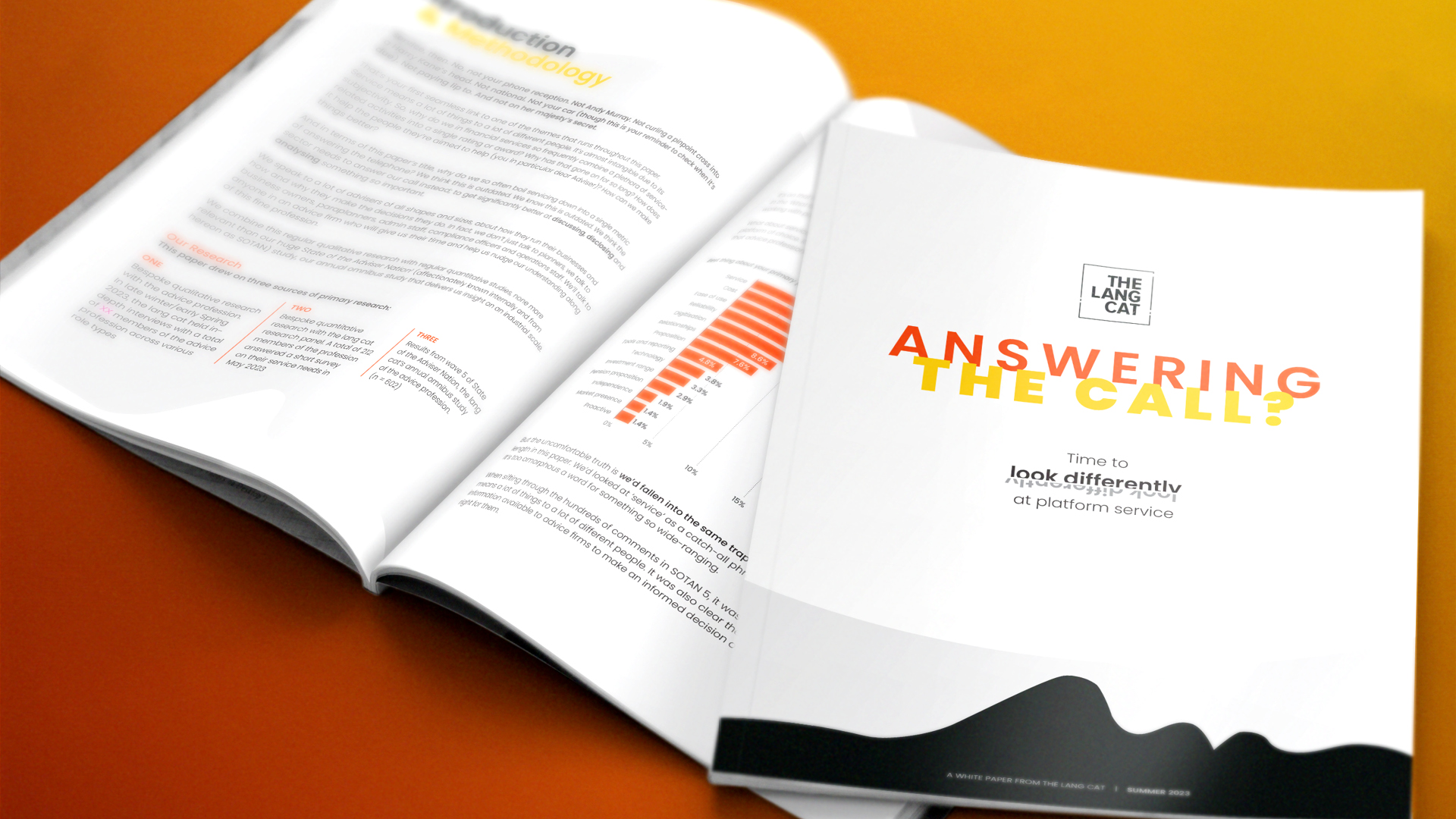Here at the lang cat port authority we’ve been receiving quite a few questions on the much hyped forthcoming Woodford fund launch. What’s the cheapest platform on which investors can access the fund? Who’s secured superclean terms? If a provider doesn’t secure preferential terms, does it really matter?
Our answer, rather disappointingly I imagine, is: It depends on a lot of things. But the most important factor is the Total Cost of Ownership (TCO from here on in).
As we understand it, the mighty Bristolian Massive that is Hargreaves Lansdown is the only provider that has secured preferential superclean terms for launch. So instead of a perfectly respectable 0.75%, they get to market and drive investments to the new fund at a little more competitive rate of 0.65%. That’s an annual saving of £1 for every £1,000 to you and me. So, at the lower investment amounts, I just can’t get too excited about the price differential between clean and super duper clean terms.
What’s far more important to investors is TCO, and that’s driven mainly by the account fee structures, ad-valorem or fixed fee, etc. The more you have to invest, the more important this becomes.
As an example, HL charge an annual account fee starting at 0.45%, and they have the superclean Woodford fund at 0.65%. So, at a very very basic level, the TCO is 1.1% (let’s not take into account ancillary fees, exit fees or any of that nonsense just now). As a direct comparison, you have other ad-valorem model platforms charging a lower account fee and, I’m assuming, will have access to the Woodford fund at a clean price of 0.75%. Fidelity*, AXA Self Investor** and Barclays, to name a few, all starting at a 0.35% account fee.
So the TCO for these three platforms, on a like for like comparison, comes out exactly the same as HL. 1.1%.
Which is better? That too depends!. But price is now NOT a factor.
*Fidelity had a price match promise a while back. If that offer still applies, presumably theyâ??d have to match superclean terms?
**It’s also worth noting that AXA Self Investor is still offering a first year account free period for investors setting up an ISA before the end of July this year. So they will be the cheapest for the first year (trumping Fidelity’s offer) for any investor wanting a good price deal, but remember that’s just for the first year.
So. If you do ask us about the cheapest place to invest in Woodford’s fabby(1) new fund, please don’t roll your eyes and think we’re trying to complicate matters when we answer, It depends? The TCO is far more important than the cost of any one fund. Any journalist writing about this topic could well be doing the Great British investing population a disservice if they fail to point this out and just go down the clean/superclean path.
Just sayin.
We’d be quite happy to expand on all of this if you feel so inclined. Just give us a call!
(1) The fund may or may not be ‘Fabby’. Only time will tell. That kind of depends on a few things too. Sorry.





